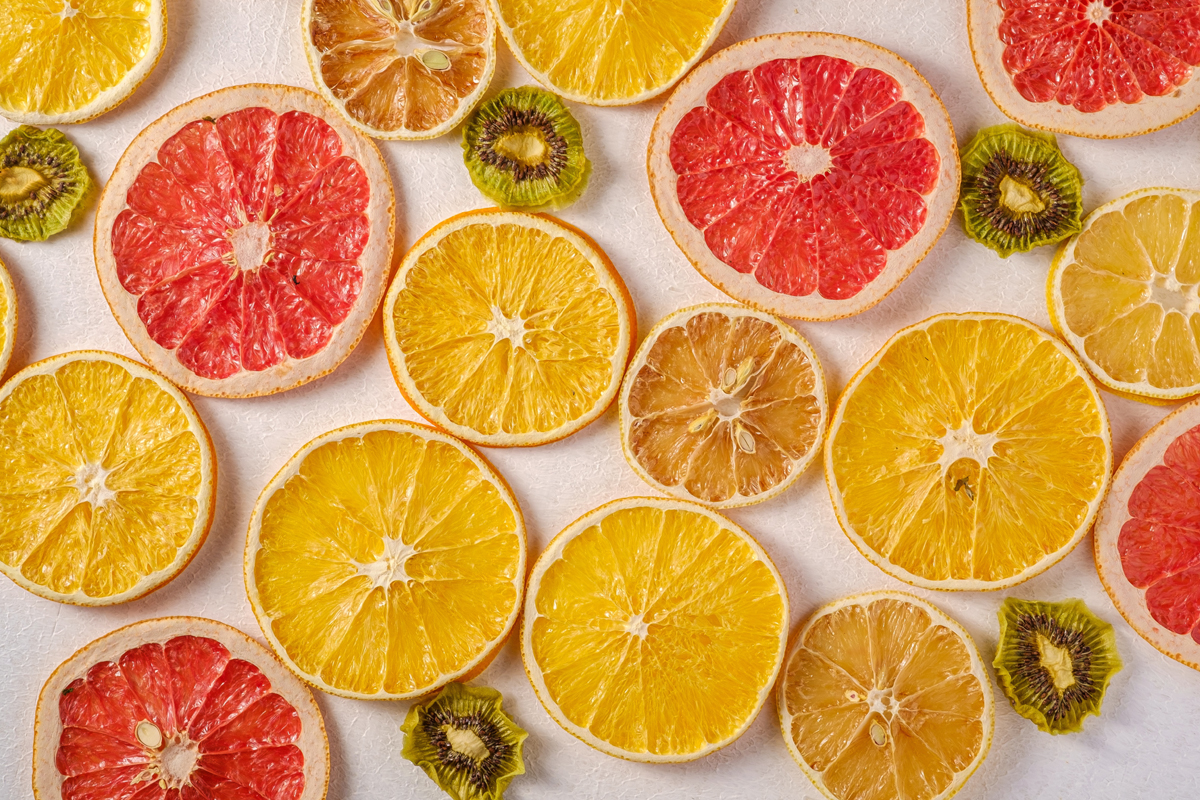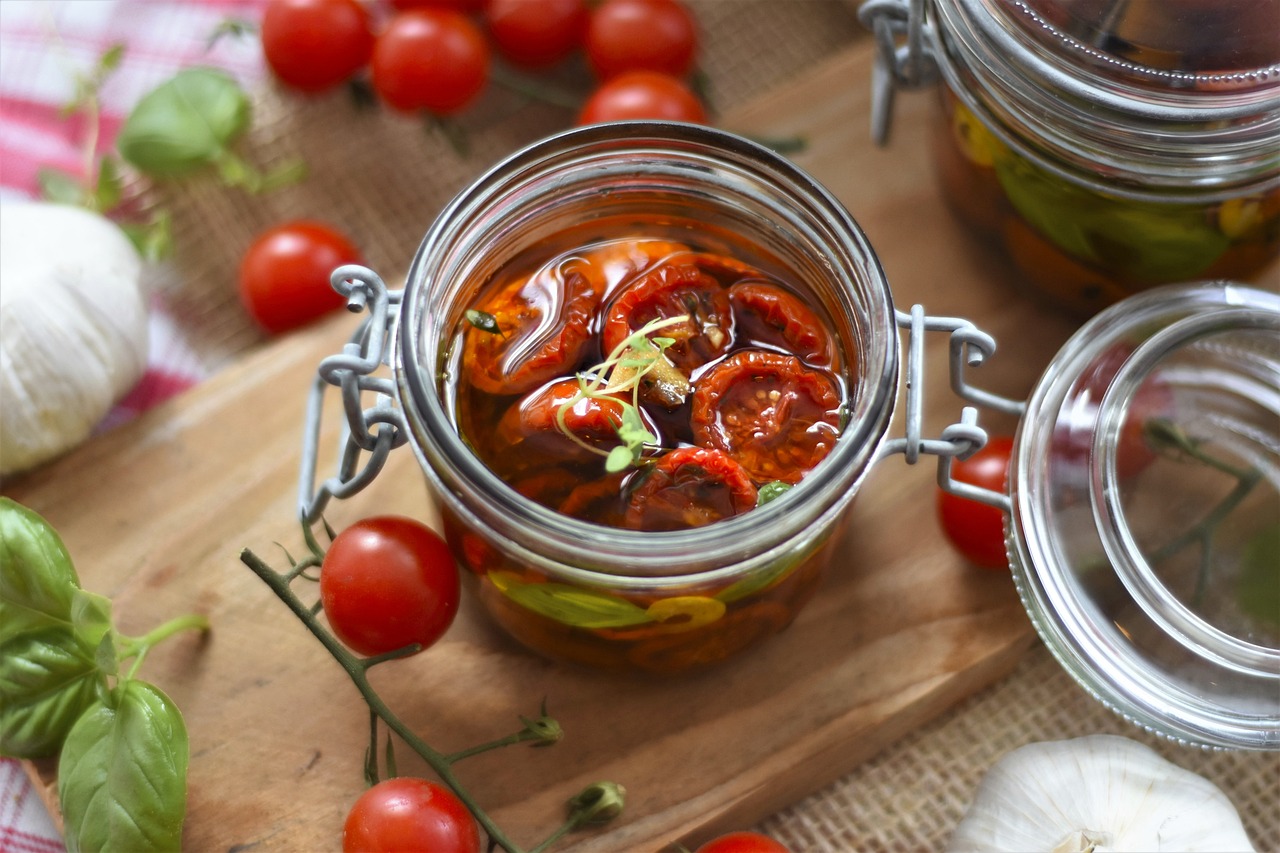Dehydrating Citrus Fruits

Today, as with most days have resulted in a very eventful day in our small kitchen. Not only did we manage to dehydrate several trays of French Fried Potatoes but we also attacked some lemons which we had sitting around waiting to be used. One thing to remember about our household is that nothing ever goes to waste here. If it can not be eaten at the time, it becomes a candidate for canning, dehydrating or for freezing. If we happen to purchase a bit too much of a product when it is on sale we will preserve the remainder for those times when food might be scarce or hard to obtain.
Dehydrating products such as Lemons or Oranges are one of the simplest fruits to dehydrate. Although they are not intended as an “Eat Dry” product such as you might find with fruit roll-ups, they are looked upon very favorably in many recipes and soup mixes or when they are ground up. I myself keep dehydrated lemons and oranges around to make “Spanish Sangria” with, just in case I lack the fresh products.
Citrus fruit such as lemons are high in vitamin A and C content and provides a considerable amount of Potassium and needed Calcium for the body. You can also find a good amount of Magnesium or Phosphorus in these fruits as well.
As most of us are aware the oranges are an abundant source of vitamin A, C, and Folic acid as well as Calcium, lots of Magnesium, Phosphorus and of course Potassium. Both lemon and oranges contain valuable Omega-3 and Omega-6 fatty acid.
In Morocco, lemons are preserved in jars or barrels of salt. The salt penetrates the peel and rind, curing them so that they last almost indefinitely. [source]
Enough on the background of the fruit now let’s get to the actual dehydrating of it. Begin by carefully washing the skins of the various citrus fruits which you plan on drying. Next slice them into 3/8 inch thick slices and place them carefully on your dehydrator trays. I like slicing the fruit using a manual process with the mandolin. The cuts come out even and look good.
I set my dehydrator on the 135 degree setting but I recommend that you should consult your food dehydrator operator’s manual for your specific machine. Drying times will vary between 2 and 12 hours. You will know when the process is complete as the citrus will appear brittle when it is fully dried. You might wish to rotate your trays as they dry to achieve an even drying of the products.
There you have it – a simple and easy method of dehydrating lemons and oranges. Limes although not mentioned are processed in the same manner.
The Author:
Copyright @2011 Joseph Parish
For more information relating to survival visit us at http://www.survival-training.info








